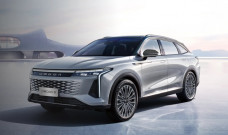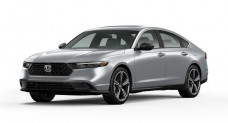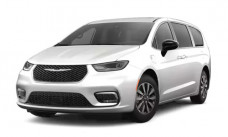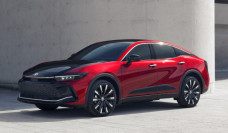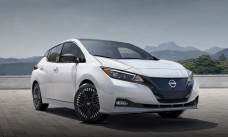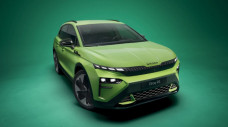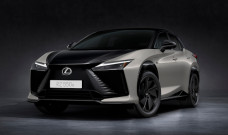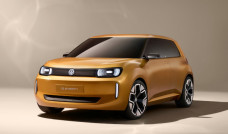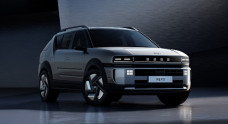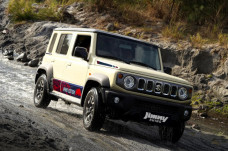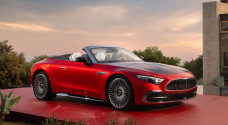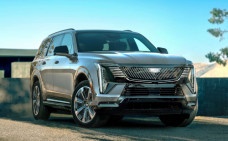Tesla Cybercab to Operate at Just 20 Cents per Mile, With Wireless Charging and Minimal Maintenance
Tesla has unveiled two new robotaxi models, the Cybercab and the Robovan, at a private event in Los Angeles, California. CEO Elon Musk revealed the fully autonomous vehicles, which are set to enter production by 2026. These robotaxis are expected to be key players in Tesla's future plans for a driverless public ridesharing service.
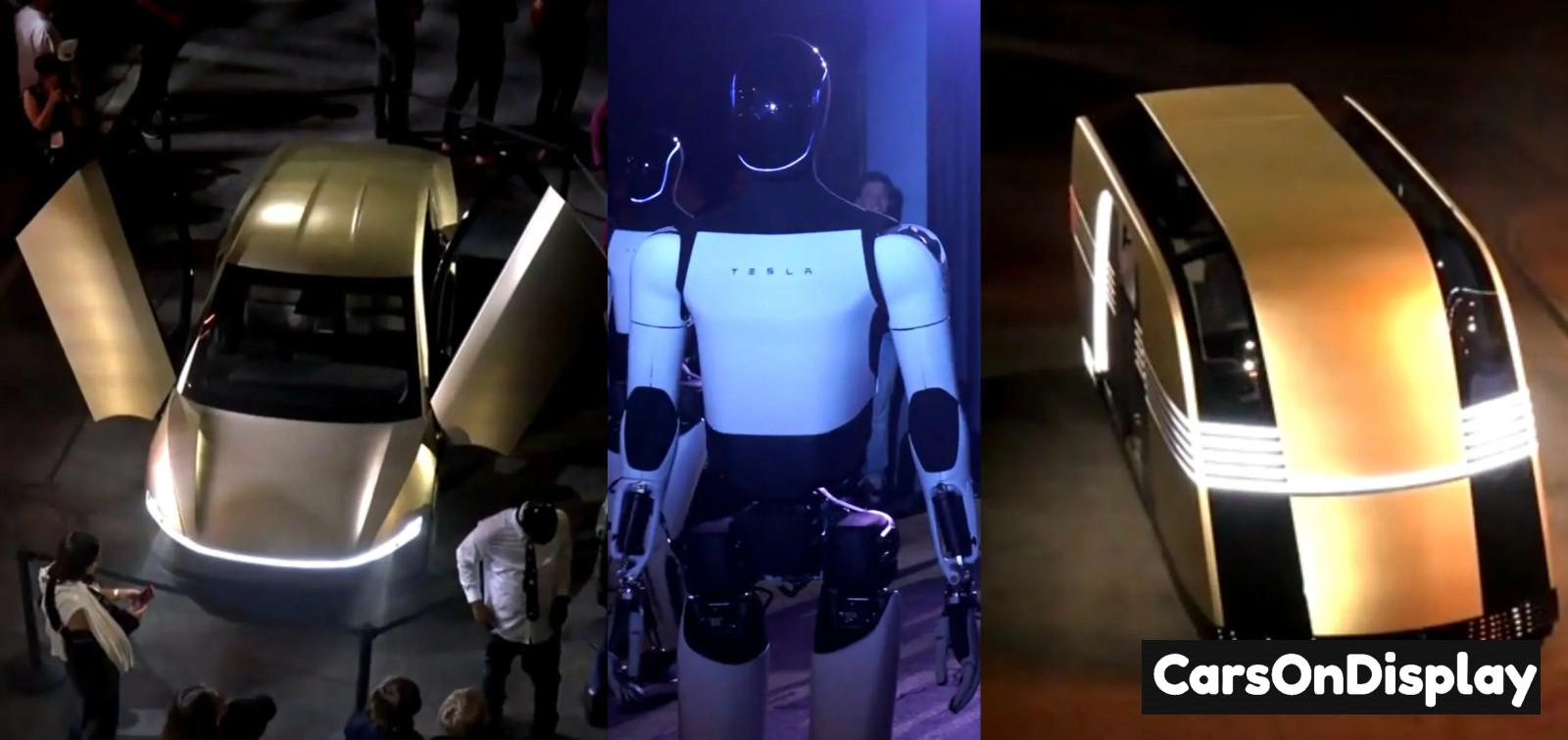
The Cybercab, priced under $30,000, is a two-door hatchback designed for fully autonomous driving. Inspired by the Cybertruck, it features a sleek design with horizontal light bars instead of traditional headlights and taillights, as well as stainless steel body panels. Inside, the minimalist cabin is equipped with two seats, an armrest, cupholders, and a floating rectangular infotainment screen. The vehicle has no steering wheel or pedals, offering a truly driverless experience.
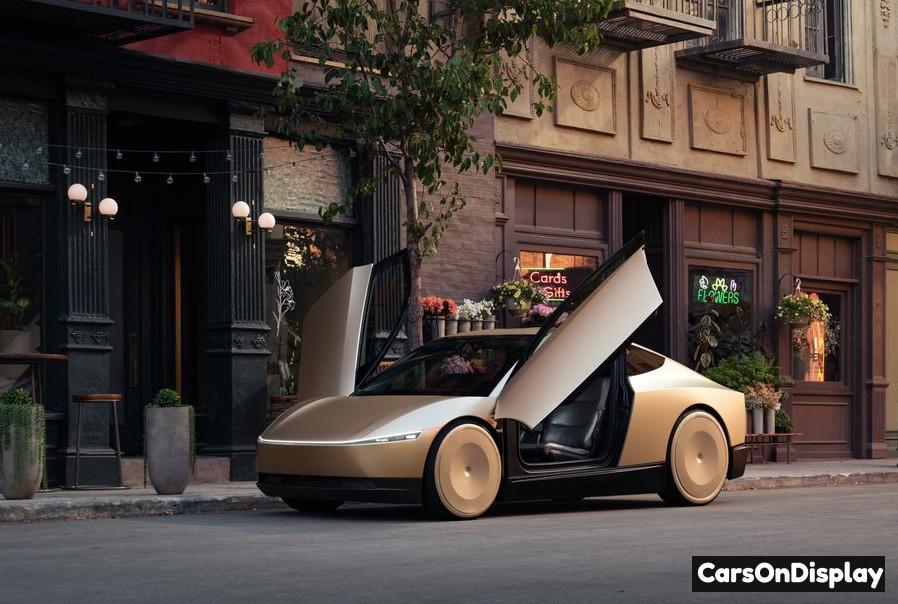
Musk stated that the Cybercab would cost just 20 cents per mile to operate, far cheaper than traditional public transport, which costs around $1 per mile. The Cybercab will use wireless charging technology, allowing it to charge via electromagnetic induction without the need for a plug.
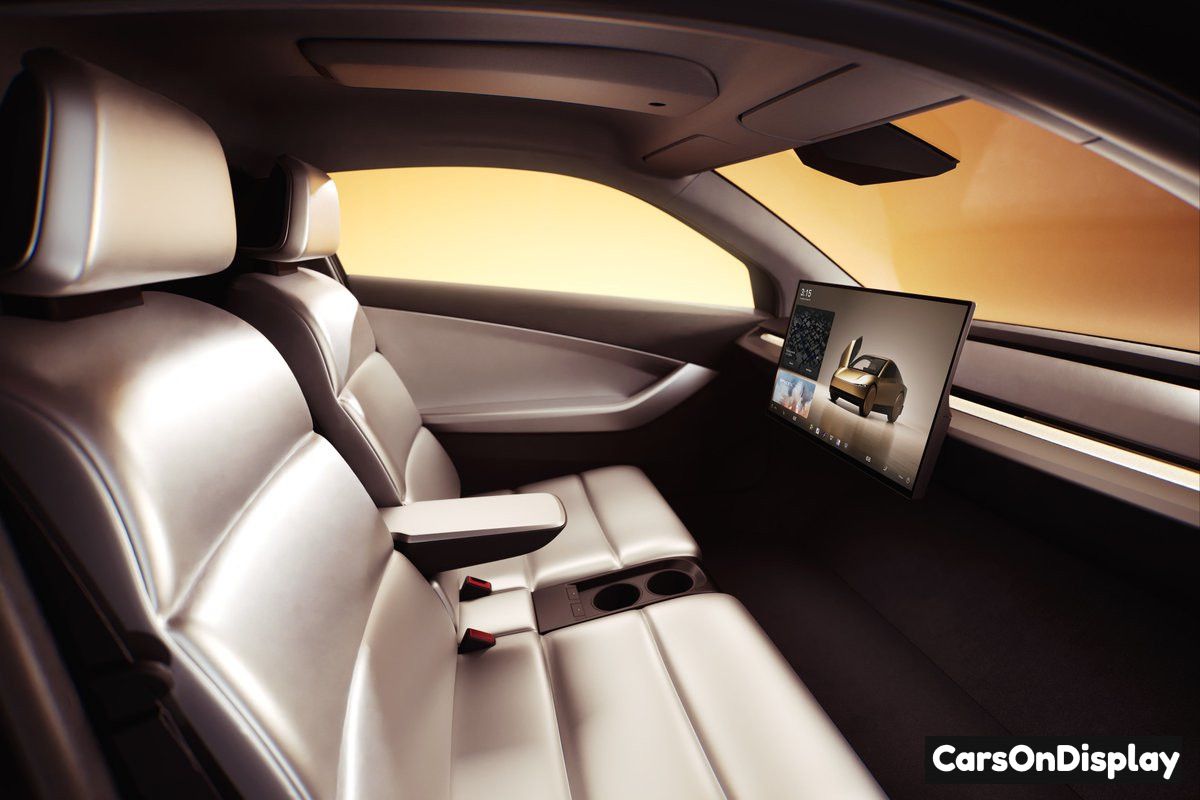
Alongside the Cybercab, Tesla also showcased the Robovan, a larger autonomous vehicle designed to carry up to 20 passengers. While details about the Robovan’s features and production timeline remain scarce, it represents another significant step in Tesla’s push toward autonomous public transportation.
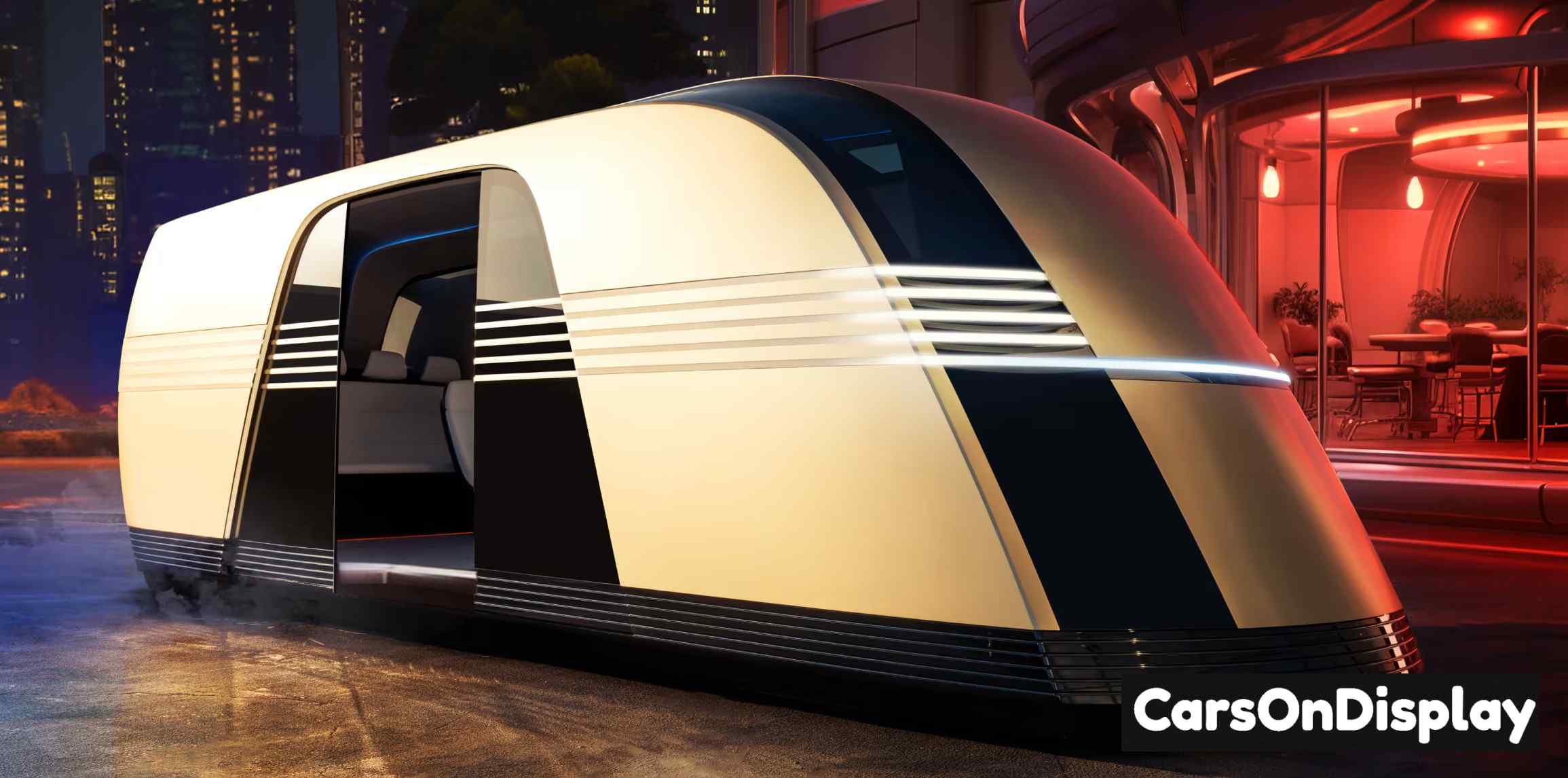
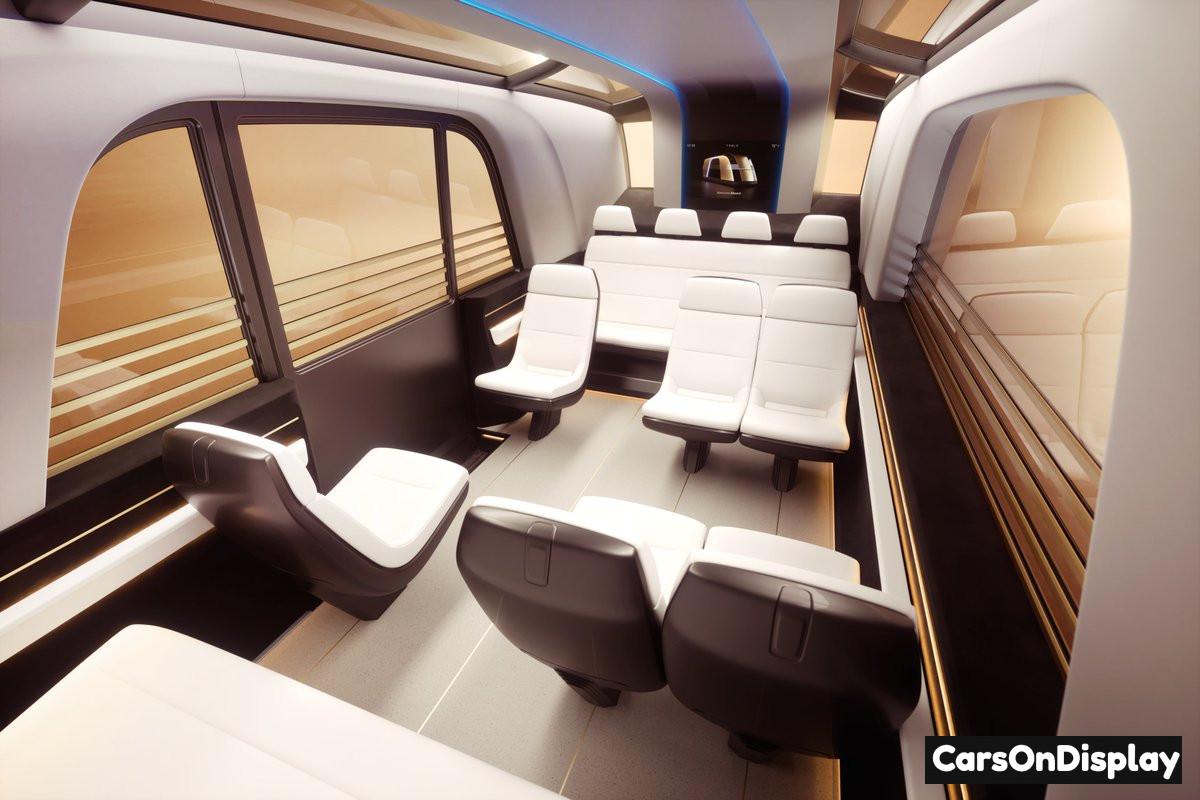
Elon Musk has been promising fully autonomous vehicles since 2016, and while Tesla has made progress with its Full Self-Driving (FSD) technology, several delays have pushed back the timeline for mass production of these vehicles. Production of the Cybercab is now expected to start in 2026, and Tesla aims to begin unsupervised autonomous drives in Texas and California.
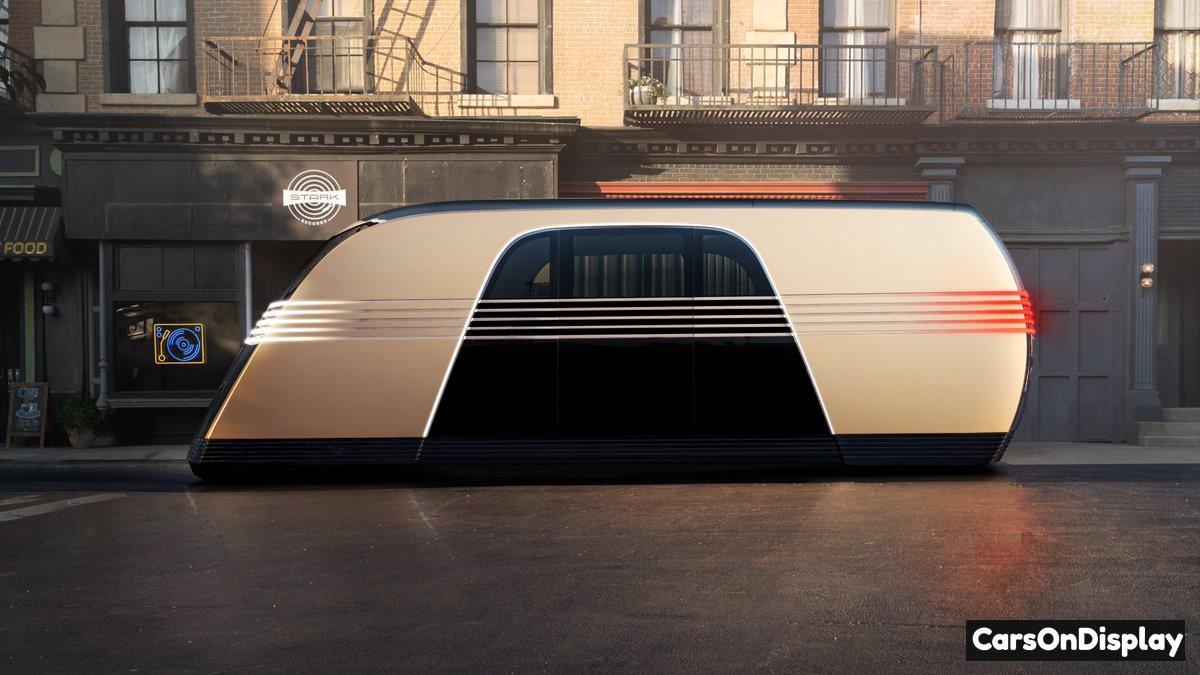
Despite Tesla's ambitious plans, there are concerns about the reliability of its FSD technology, which has been scrutinized following several accidents involving Tesla vehicles. Regulatory hurdles are also likely, as driverless vehicles must meet strict safety standards before being allowed on the road. Additionally, labor unions have raised concerns about the impact of robotaxis on jobs, fearing that autonomous vehicles could put human drivers out of work.
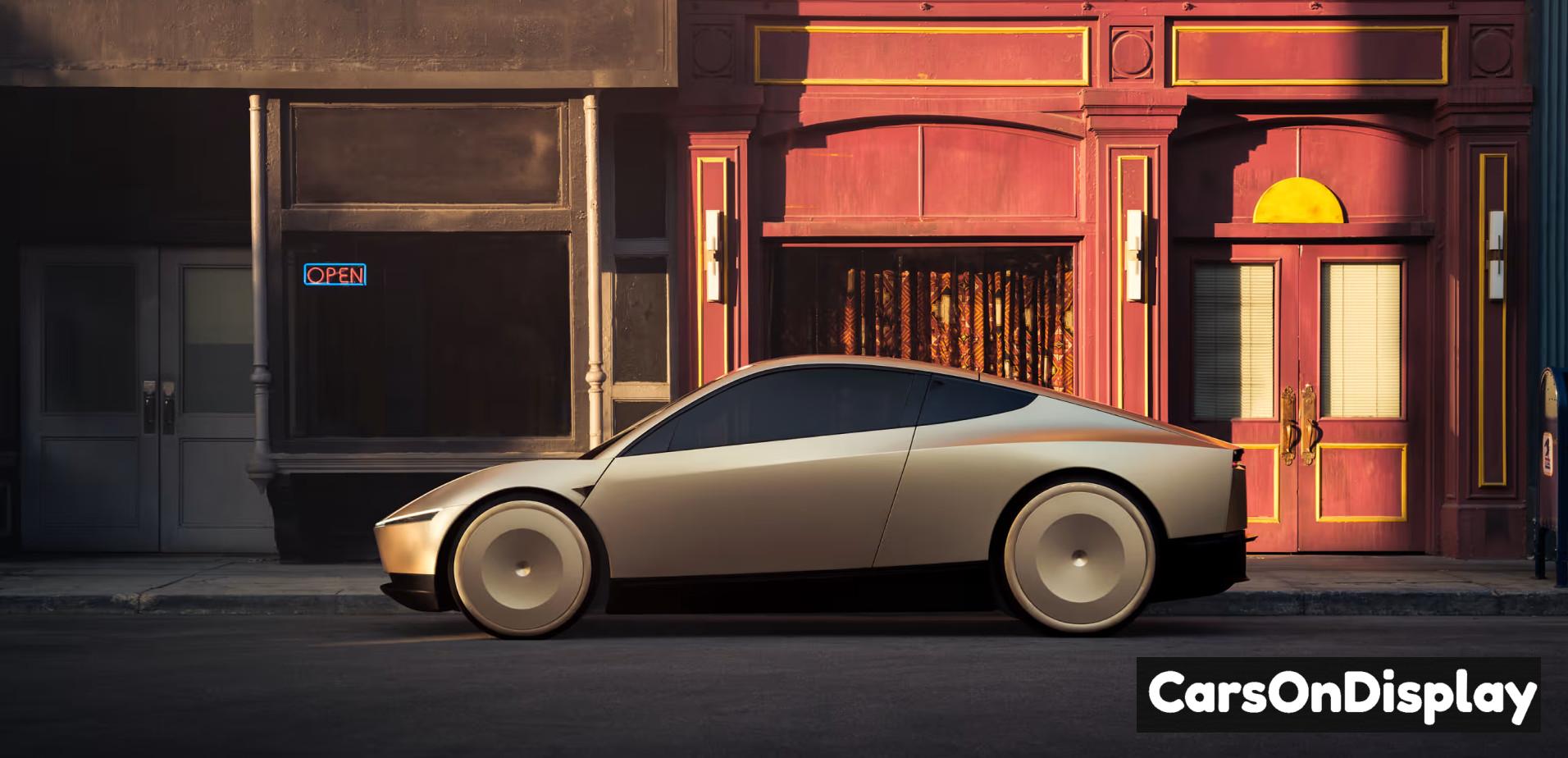
While the Cybercab and Robovan promise a glimpse into a driverless future, questions remain about whether Tesla can meet its ambitious production and safety goals. Investor concerns were evident as Tesla's shares dropped 10% following the unveiling of the robotaxis, reflecting doubts about the company's ability to deliver on its promises.

Tesla Cybercab: A game-changer
The Cybercab, priced under $30,000, is a two-door hatchback designed for fully autonomous driving. Inspired by the Cybertruck, it features a sleek design with horizontal light bars instead of traditional headlights and taillights, as well as stainless steel body panels. Inside, the minimalist cabin is equipped with two seats, an armrest, cupholders, and a floating rectangular infotainment screen. The vehicle has no steering wheel or pedals, offering a truly driverless experience.

Musk stated that the Cybercab would cost just 20 cents per mile to operate, far cheaper than traditional public transport, which costs around $1 per mile. The Cybercab will use wireless charging technology, allowing it to charge via electromagnetic induction without the need for a plug.

The Robovan: Tesla's larger Robotaxi
Alongside the Cybercab, Tesla also showcased the Robovan, a larger autonomous vehicle designed to carry up to 20 passengers. While details about the Robovan’s features and production timeline remain scarce, it represents another significant step in Tesla’s push toward autonomous public transportation.


A long road to autonomy
Elon Musk has been promising fully autonomous vehicles since 2016, and while Tesla has made progress with its Full Self-Driving (FSD) technology, several delays have pushed back the timeline for mass production of these vehicles. Production of the Cybercab is now expected to start in 2026, and Tesla aims to begin unsupervised autonomous drives in Texas and California.

Challenges ahead
Despite Tesla's ambitious plans, there are concerns about the reliability of its FSD technology, which has been scrutinized following several accidents involving Tesla vehicles. Regulatory hurdles are also likely, as driverless vehicles must meet strict safety standards before being allowed on the road. Additionally, labor unions have raised concerns about the impact of robotaxis on jobs, fearing that autonomous vehicles could put human drivers out of work.

While the Cybercab and Robovan promise a glimpse into a driverless future, questions remain about whether Tesla can meet its ambitious production and safety goals. Investor concerns were evident as Tesla's shares dropped 10% following the unveiling of the robotaxis, reflecting doubts about the company's ability to deliver on its promises.
